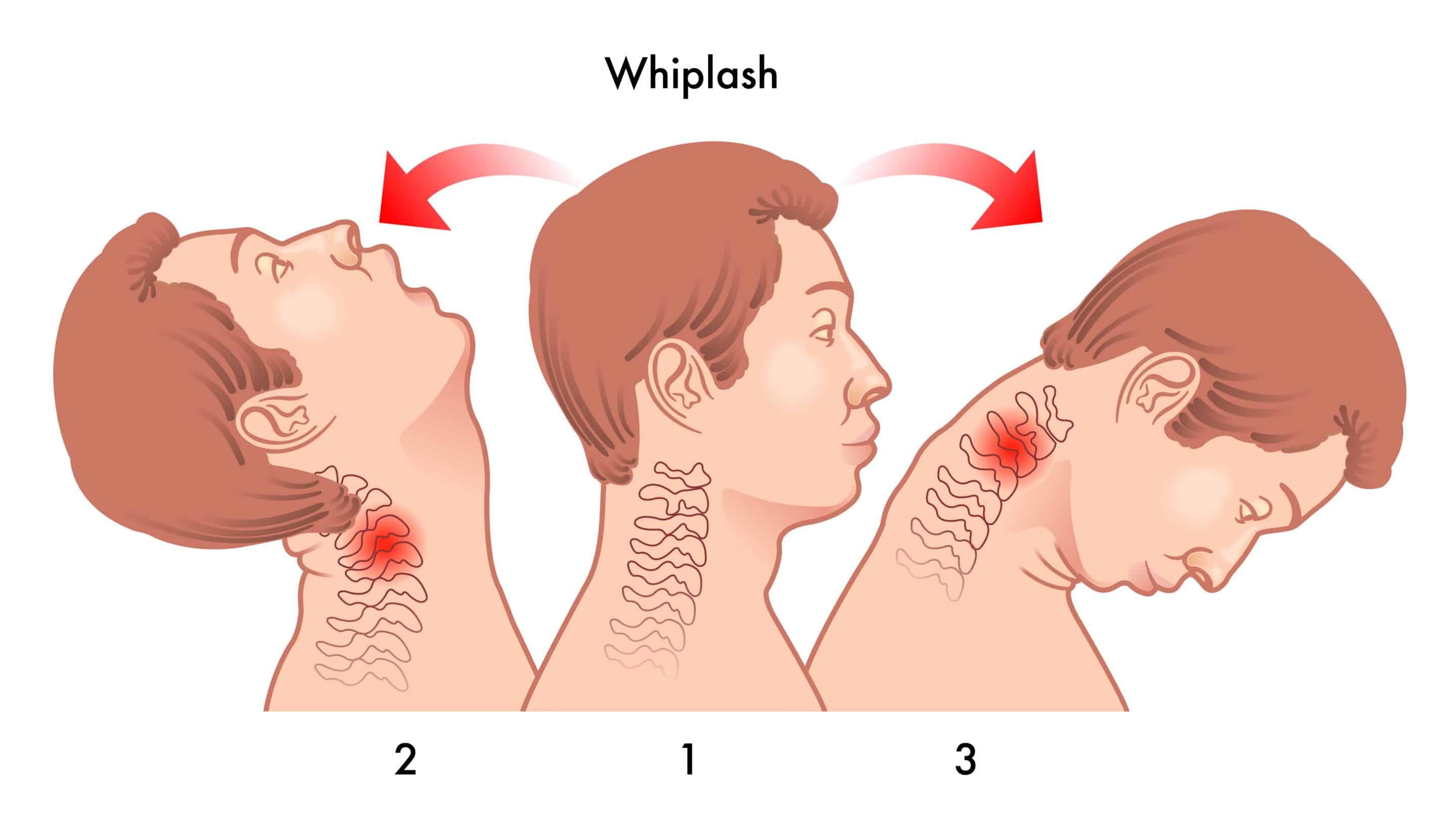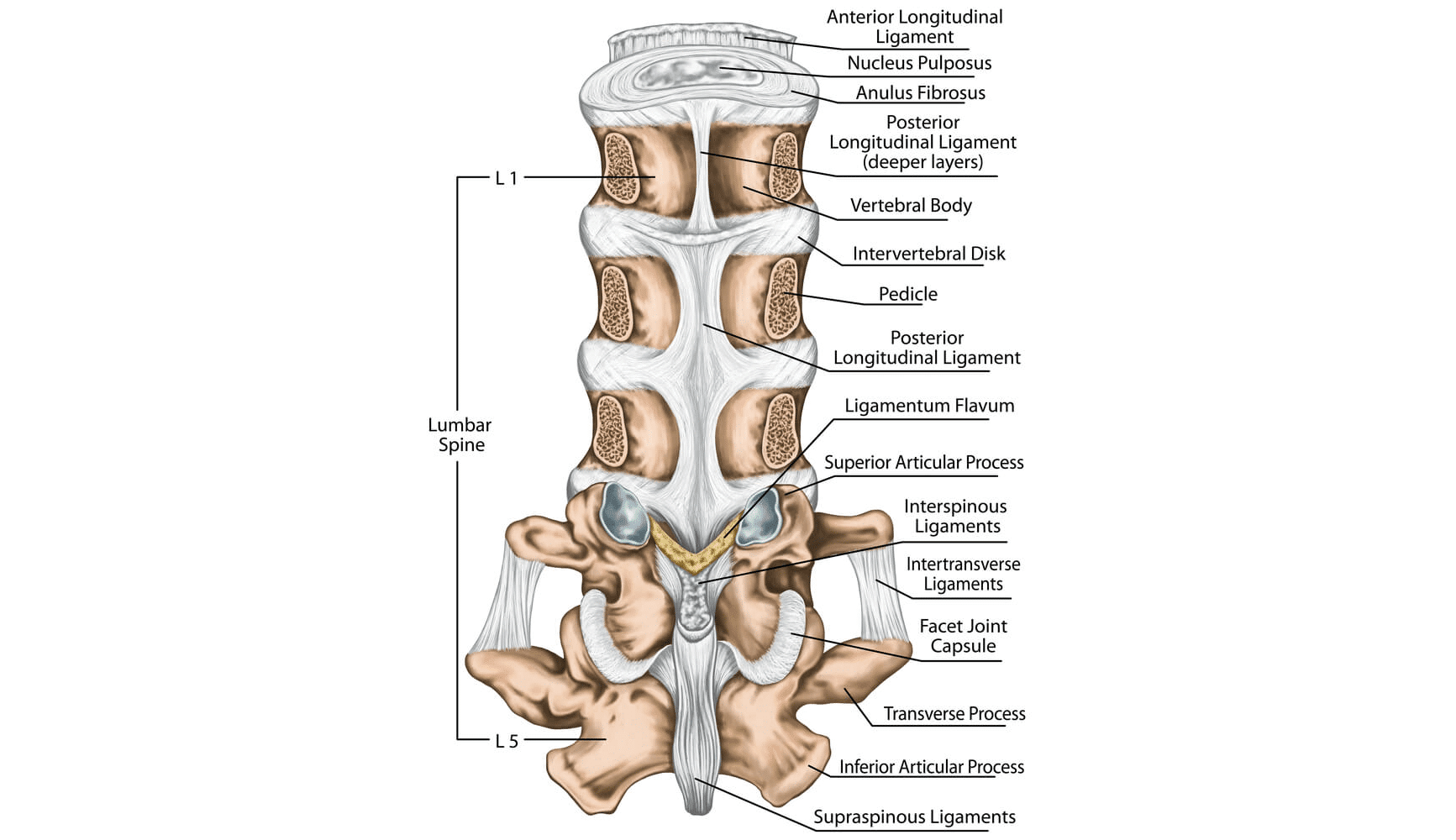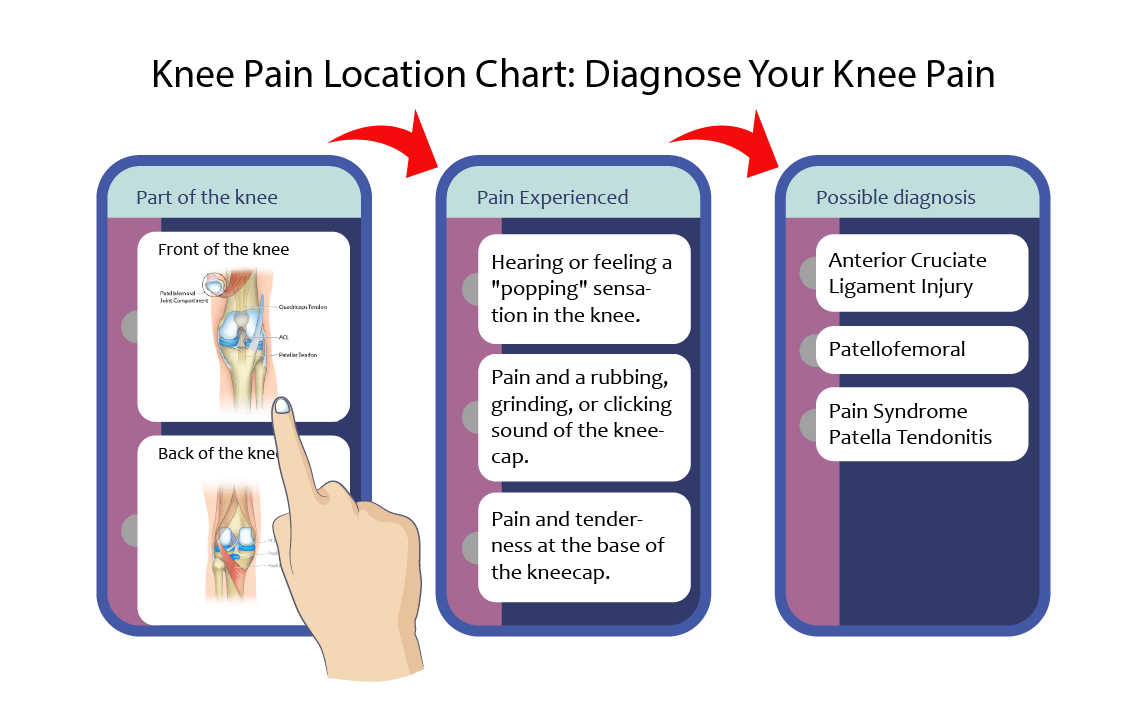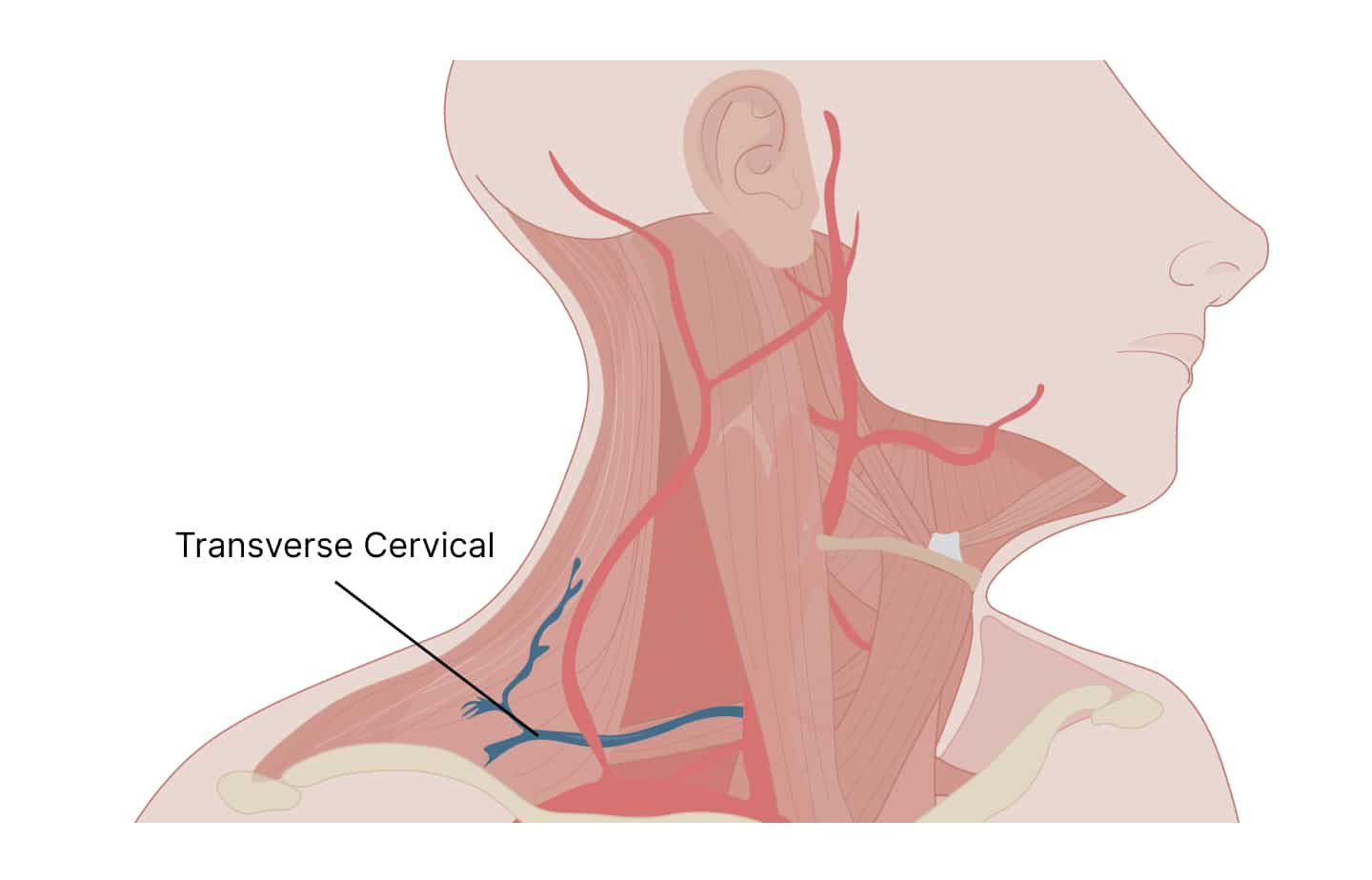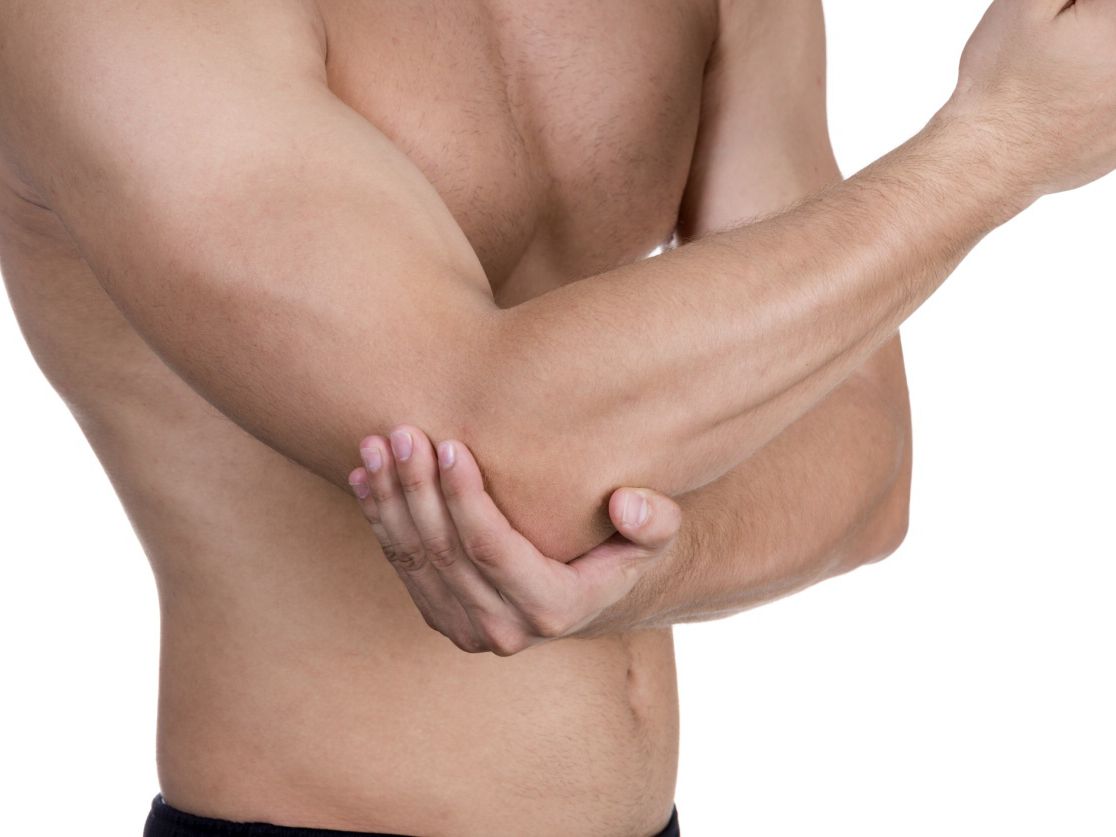L3 Spine (3rd Lumbar Vertebra)
The lumbar section of the spine is an extraordinarily resilient and complex structure, responsible for enabling everyday movement, supporting and redistributing loads, and protecting the spinal nerve. But despite how much we rely on our lower back in our daily lives, we tend to notice how much our lumbar spine does for us only when … Continued

